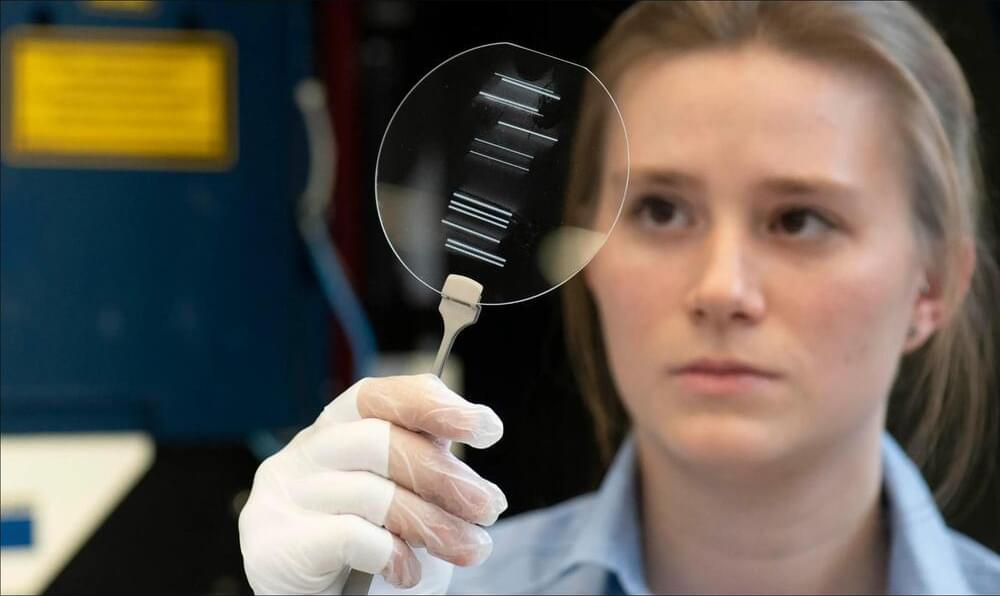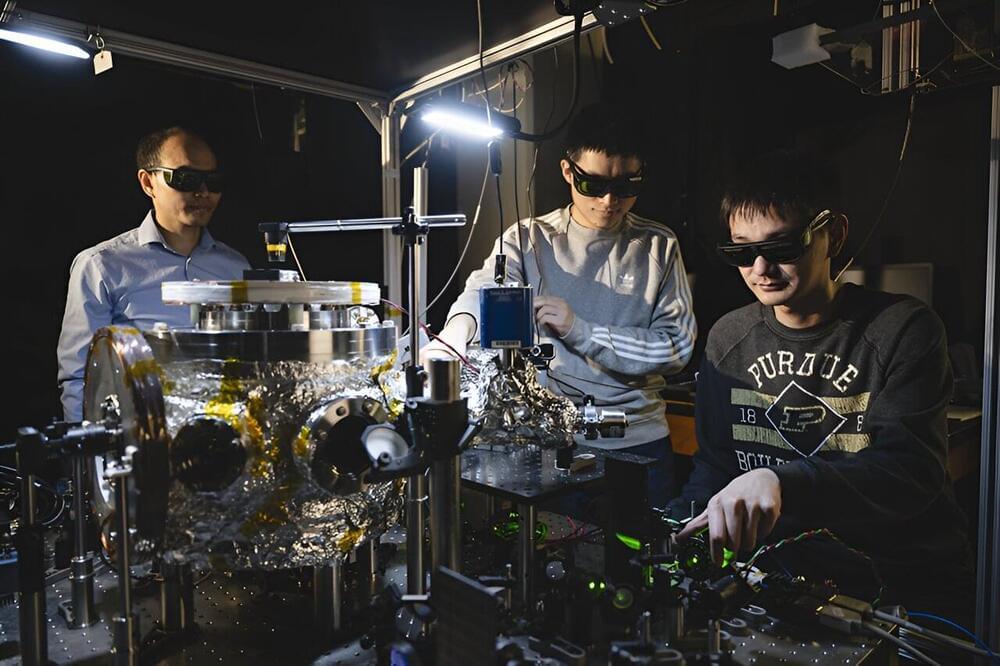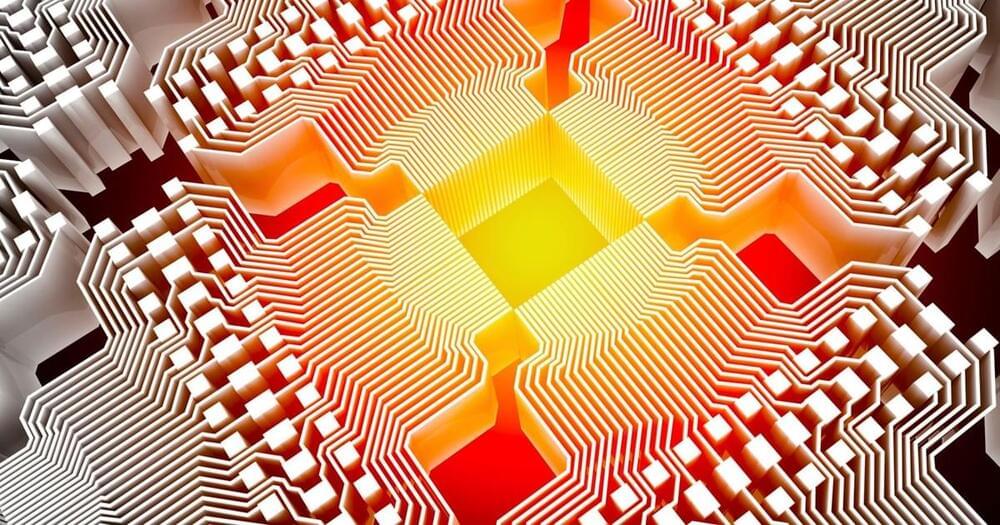At the risk of sounding a bit woo-woo, as any speculation about the “hard problem” of the unknowns of consciousness does, can’t both be true? In other words, is it possible that Schrödinger’s “total mind” is a kind of quantum reserve downloaded and differentially phased into qualia through the materialist medium of natural selection, which Edelman calls “neural Darwinism”? Is it the embodied human sensory organs interacting with their environment in feedback loops that unveils the unformed wave of fundamental consciousness through the particle of particular experience?
The correct answer is: Who knows?
“Who Knows?” would be an apt title for the best inventory to date of the myriad views on consciousness, from the metaphysical to the materialist, compiled by Robert Lawrence Kuhn and titled “A landscape of consciousness: toward a taxonomy of explanations and implications,” recently published in the journal “Progress in Biophysics and Molecular Biology.”






